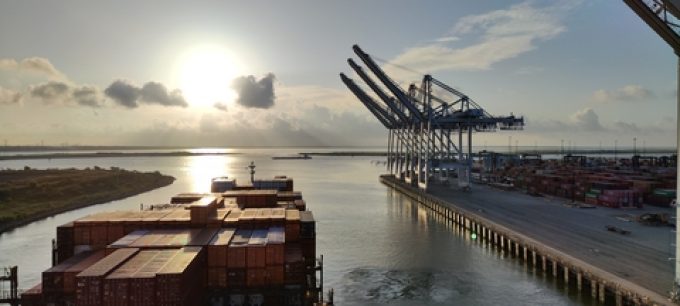Carriers unveil Panama Canal transit surcharges for new year
Two major carriers have announced new Panama Canal surcharges on Asia-US east coast transits in ...

The pendulum swing appears to have missed US ports on the Gulf of Mexico, which are beating predictions of loss of container traffic to west coast gateways. Instead, volumes have continued to climb.
Like ports on the east coast, the likes of Houston and New Orleans clocked up double-digit growth in box traffic in 2022/23, partly as a result of importers’ concerns about disruption of flows through the west coast.
In addition to the congestion that had paralysed import flows on the ...
Maersk u-turn as port congestion increases across Northern Europe
Apple logistics chief Gal Dayan quits to join forwarding group
Maersk Air Cargo sees volumes fall as it aims for 'margin in favour of revenue'
Airlines slash freighter capacity post-de minimis, but 'the worst is yet to come'
Houthis tell Trump they will end attacks on Red Sea shipping
Transpac rates hold firm as capacity is diverted to Asia-Europe lanes
MSC revamps east-west network as alliance strategies on blanking vary
India-Pakistan 'tit-for-tat' cargo ban sparks sudden supply chain shocks

Comment on this article